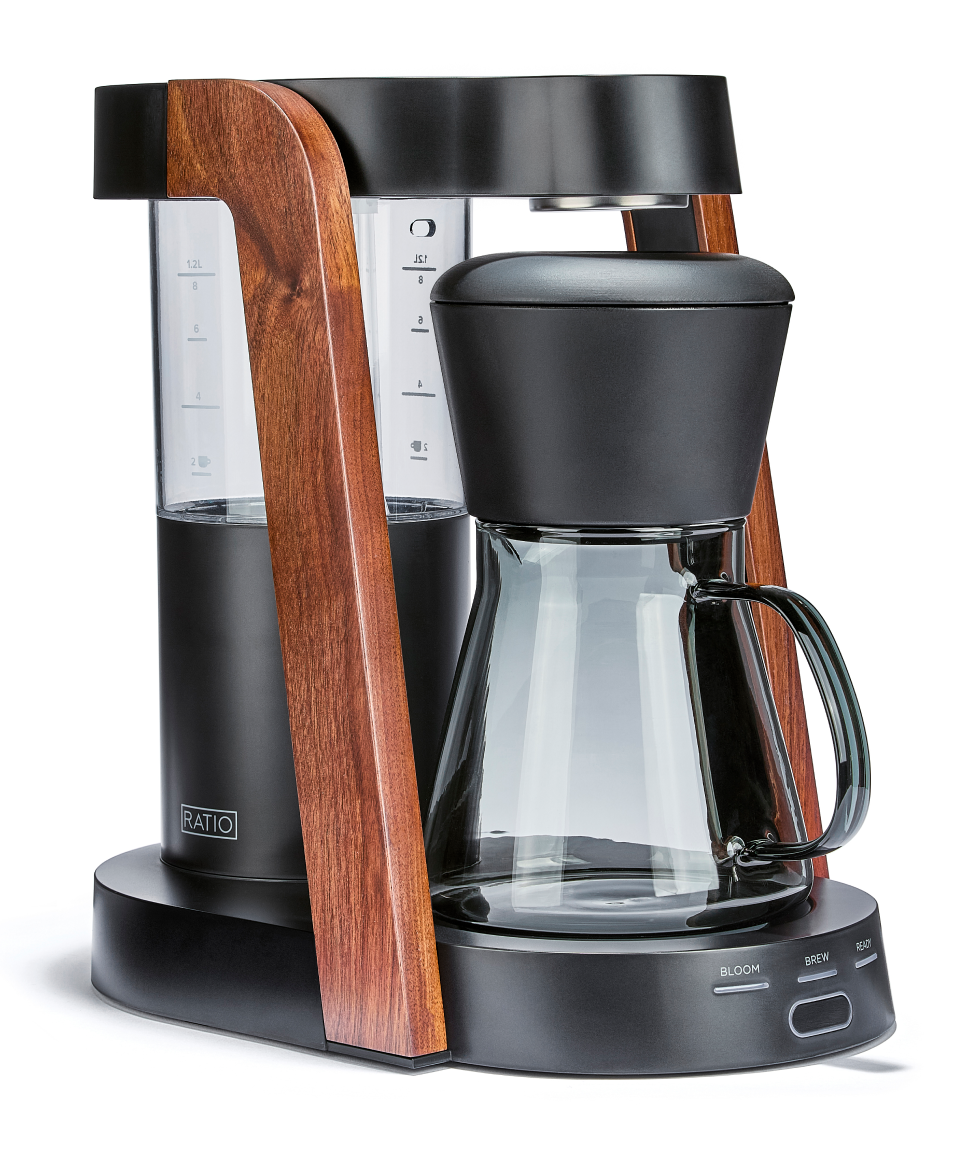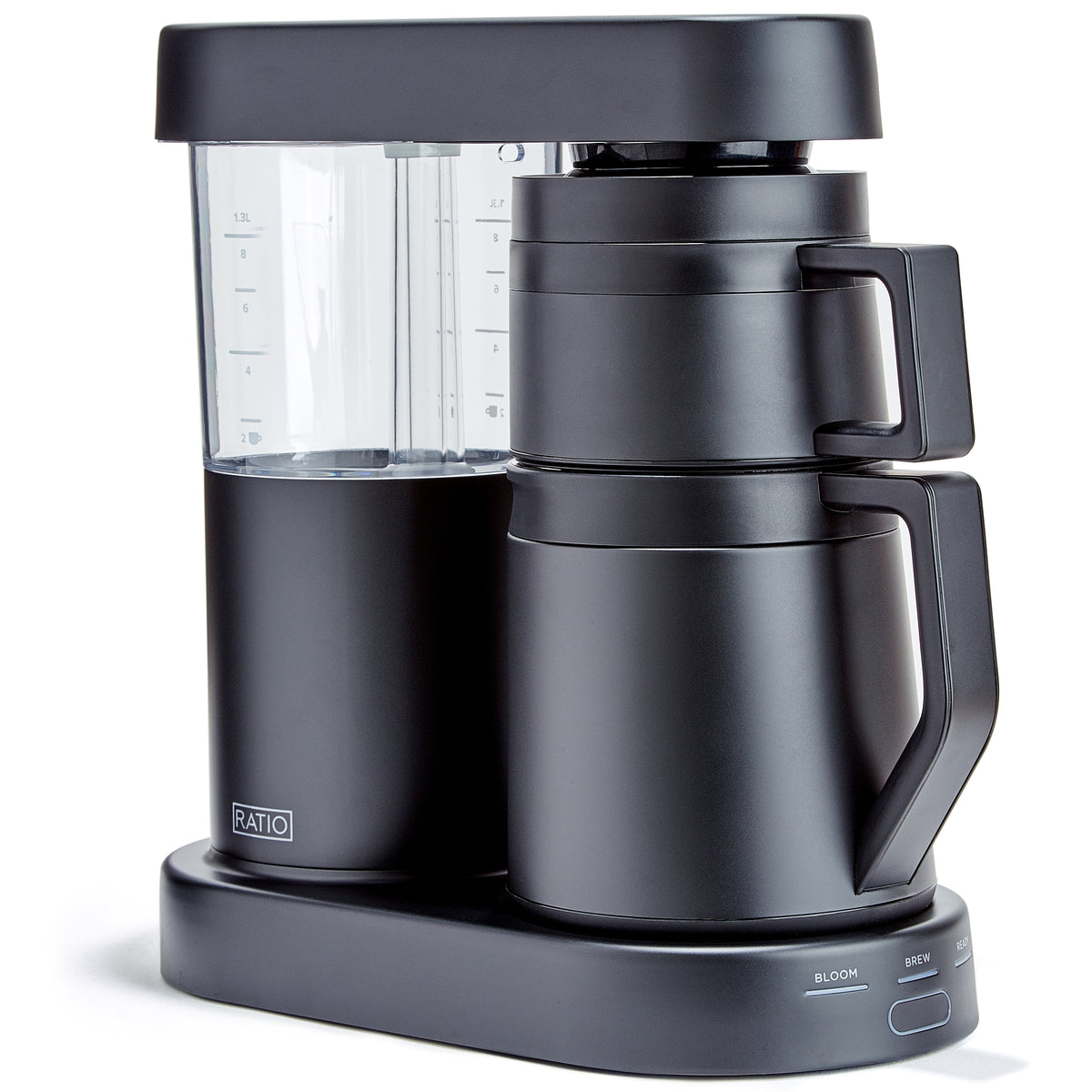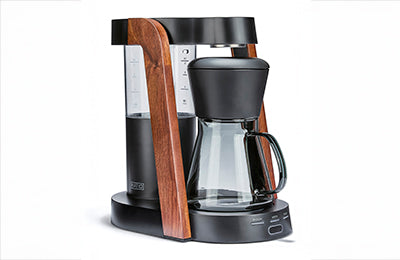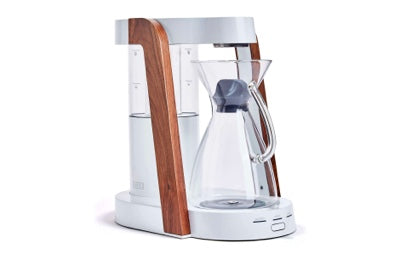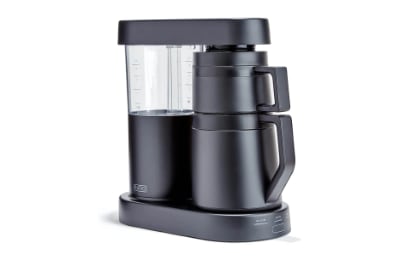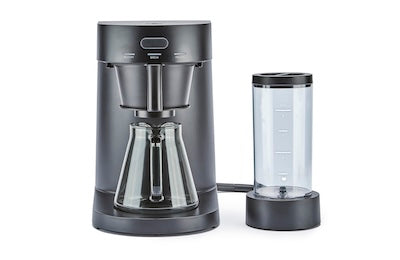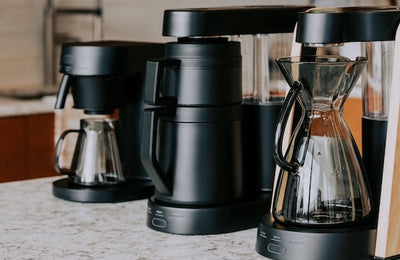Pouring From a Kettle Like a Teapot? Here’s Why That Doesn’t Work for Coffee
If you’re just getting into manual brewing, pouring hot water from a standard kettle might feel like second nature — just tip and pour, like you would with tea. But coffee isn’t tea, and how you pour makes a surprising difference in how your final cup tastes.
Pouring from a traditional kettle like a teapot may seem harmless, but it often leads to poor water control, uneven saturation, and — ultimately — a less balanced brew.
Coffee Brewing Demands Precision
In tea, steeping involves letting leaves float in hot water. But coffee extraction is much more delicate. When water meets coffee grounds, it immediately begins pulling out flavors, oils, and acids. If the water moves too fast or hits unevenly, the extraction becomes unbalanced — too much bitterness here, too much sourness there.
That’s why how you pour matters. The goal is even saturation and steady flow — not flooding the grounds with a big splash.
The Problem With Teapot-Style Pouring
Traditional kettles are designed for speed and volume, not precision. Here’s what typically goes wrong:
-
No flow control: You can't easily manage how much water comes out
-
Wider spouts: The water gushes out quickly and erratically
-
No directional control: You can’t aim the stream exactly where you want
-
Sloppy pouring: It often disturbs the coffee bed and causes channeling
All of these contribute to an uneven extraction — the very thing manual brewing is supposed to help avoid.
Why Gooseneck Kettles Are the Gold Standard
Gooseneck kettles are made for coffee brewing, and for good reason:
-
Thin, curved spouts: Let you control the flow rate with precision
-
Directional pouring: You can aim the stream where it's needed
-
Even saturation: Helps prevent dry pockets or over-agitated areas
-
Better pacing: You can take your time, stay consistent, and hit your timing
Using a gooseneck doesn’t just make you look like a pro — it actually gives you the control needed to brew like one.
Pour-Over Brewing Is Especially Sensitive
Pour-over methods like V60, Chemex, and Kalita Wave are particularly sensitive to pouring technique. These brewers rely on your ability to control timing, direction, and volume.
A fast, sloppy pour from a regular kettle can overwhelm the coffee bed, cause channeling, or bypass the grounds entirely. This throws off the bloom, reduces clarity, and results in inconsistent flavors.
Your pour isn’t just about getting the water in the filter — it’s about doing it with intention.
Practice Makes Precision
Mastering your pour takes time, but here are a few tips to get started:
-
Start slow: Control the initial bloom with a light, circular pour
-
Watch the bed: Keep the water level even and avoid splashing
-
Keep the kettle low: Stay close to the surface for better accuracy
-
Use your wrist, not your whole arm: It helps with fluid, steady movements
Once you’re used to this rhythm, your pour becomes part of the ritual — calm, focused, and deeply satisfying.
What About Automatic Brewers?
If you’re someone who prefers not to worry about timing and pouring mechanics, some coffee makers replicate the controlled pour-over experience with thoughtful design.
Machines from brands like Ratio Coffee are engineered to handle water distribution and bloom timing in a way that mimics expert manual techniques. That means you still get balanced, even saturation — without needing to perfect your wrist technique.
It’s Not Just a Kettle — It’s a Tool
Pouring water might seem simple, but in coffee brewing, it's an active part of the process. Treating it like a mindless step with the wrong kettle undermines all the care you put into grind size, ratios, and timing.
Investing in a proper kettle — or using a coffee maker that’s already engineered for precise water delivery — turns your brew from random to reliable.
Frequently Asked Questions
Can I use a regular kettle for pour-over coffee?
Technically, yes — but it’s much harder to control flow rate and direction, which often leads to uneven extraction.
What’s the benefit of a gooseneck kettle?
It gives you control over how fast and where the water flows, helping ensure even saturation and better flavor.
Do I need a gooseneck kettle for French press or AeroPress?
Not necessarily. These methods are more forgiving, but a gooseneck can still help with consistency.
Are all gooseneck kettles the same?
No. Look for kettles with comfortable handles, responsive pours, and good balance. Some offer built-in thermometers or variable temperature control.
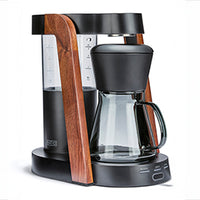 Ratio Eight S2
Ratio Eight S2
 Ratio Eight Original
Ratio Eight Original
 Ratio Six
Ratio Six
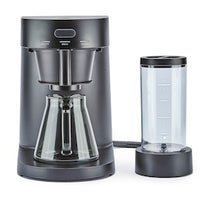 Ratio Four
Ratio Four
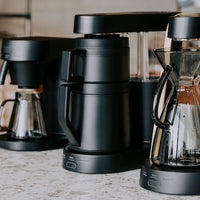 Compare Machines
Compare Machines
